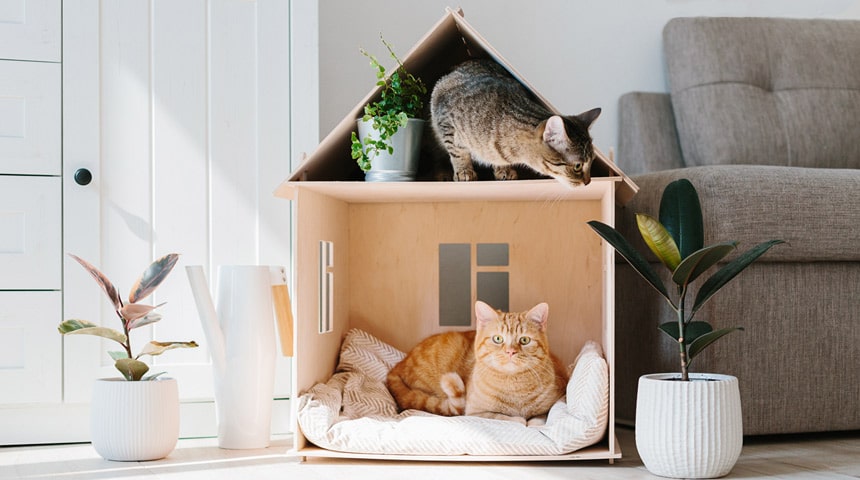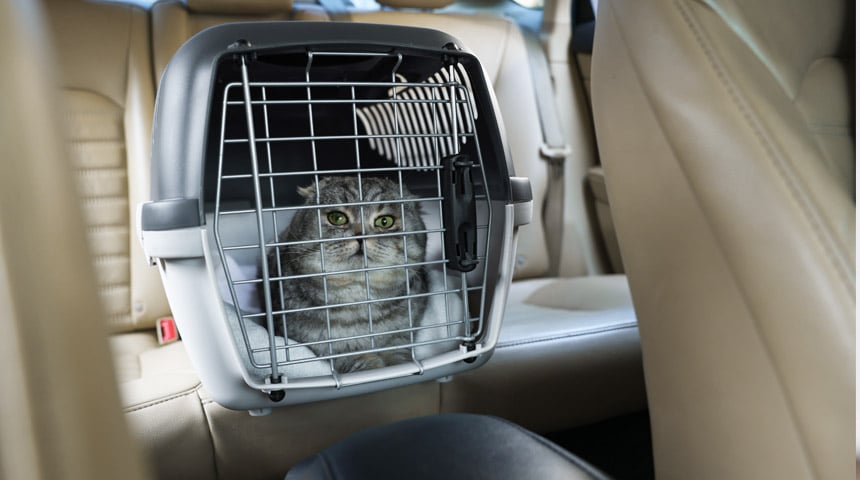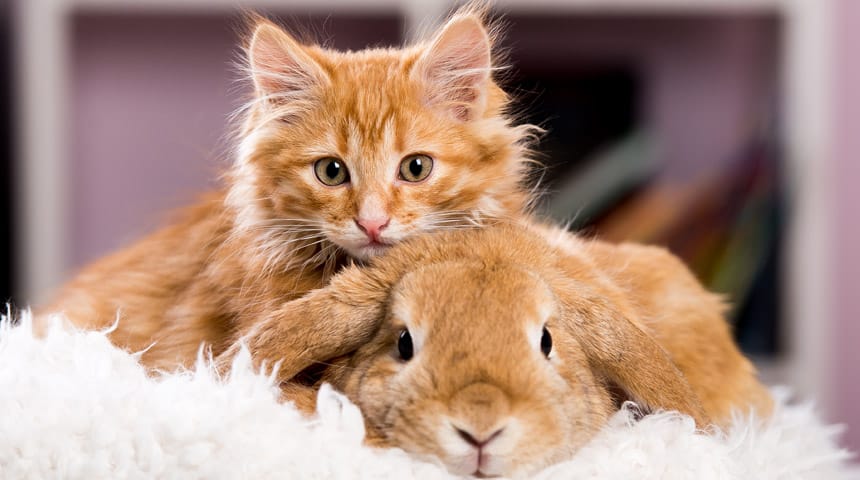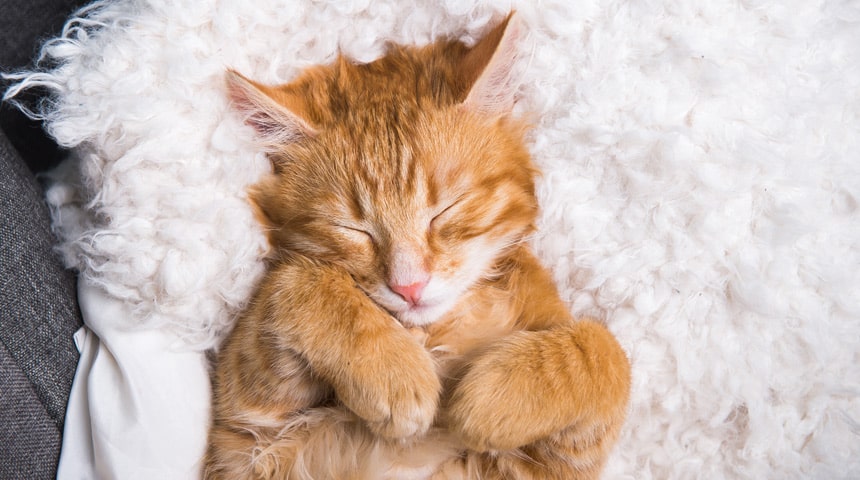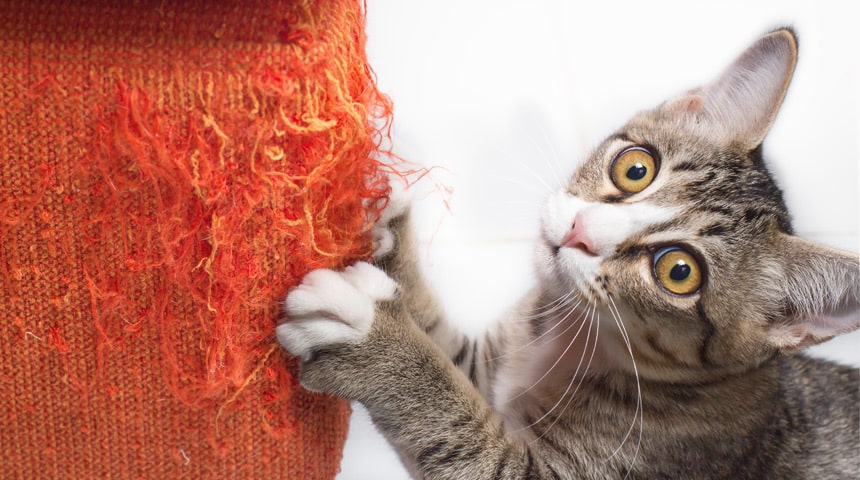Although it may seem trivial to some, bringing a new cat into the home can actually be more challenging than you'd like! While for many families, cats can live together in harmony, for others, things can be more difficult. That's why it can be helpful to follow some guidelines to ensure that introducing a new feline into the home is a smooth affair. Of course, there are different techniques that can help you achieve harmony among all the members of your whiskered family, but here is the recommended method for successfully welcoming a new cat into your family.
Psst! Above all, it is important to remember that cats are solitary animals. Thus, most of them prefer to avoid interactions with other cats and live without competition on their territory, even if some cats can live harmoniously together. Knowing that most relationships between cats in the same household are closer to those of roommates than accomplices, it is important to welcome a new cat for the right reasons and not solely to provide a friend to your cat who seems bored. The only real reason to adopt a new cat is because you want to.
Here are the steps to follow to promote a good start to a new cohabitation between cats:
1- Arrival
The stress that the newcomer will experience while being transported to his new home is usually very intense and can be sufficient to ruin the first meeting with your resident cat if it takes place on the same day. To ensure a good first impression, be sure to prepare things. First, separate the new cat by isolating him in a room, allowing him to recover from his emotions. This acclimatization can take several days and that's normal! Be patient and respect the time your new pet needs to get used to his new environment. If he appreciates your presence, take advantage of this time to visit, offer him treats and spend some quality time with him!
2- Exploration
Once the newcomer seems comfortable with his daily routine, you can move on to the next step: letting him explore his territory. To avoid conflict, allow your cat to visit the house quietly and isolate the other animals in another room. Take advantage of this first visit throughout the house to give your cat some surprises and treats to make the event interesting and stimulating. During this step, keep a close eye on his behaviour: if he refuses the treats and doesn't eat anything for the first 15 minutes, it's a sign that he's not quite ready. Return him to his quarters and repeat the exercise later or the next day. When your cat finally accepts the treats and adopts a relaxed body language, it's time to move on to the next step.
3- The Meeting
The key to a successful encounter between cats is to make sure that their interaction is associated with a positive moment. The goal is to associate the presence of the other cat with the appearance of treats, and there are several different ways to reach this goal. Close the door between the cats so that they can see each other without touching, for example, by separating them with glass, a barrier, or a screen. Then offer food to each cat and put it down so that they can see each other while staying in their own rooms. Gradually move the cats closer together by placing the food closer to the door and continue as long as they continue to eat. Stop or move the food back if either cat chooses to ignore the food and focus on the other cat instead. By taking this step-by-step approach, your two pets will soon be able to eat in front of each other without any difficulty.
4- Living Together
When your cats are comfortable enough to eat near each other, it's time to let them live together. Set up your environment so that each cat can have their own hiding places and access to high places. They should each have their own litter box, water bowl and the opportunity to eat their meals without the risk of interference from other cats. The goal is to always give them the space to avoid conflicts. Trust your cats – but be aware that in order to get to know and understand each other, small conflicts are almost inevitable. As long as your cats don't hurt themselves, continue to eat well, stay clean and don't show any drastic changes in behaviour, you can consider the situation under control. After a few weeks on average, harmony in the household should finally be achieved!
If you would like more advice, feel free to contact our team who will be happy to assist you in this great adventure!
Happy integration!


